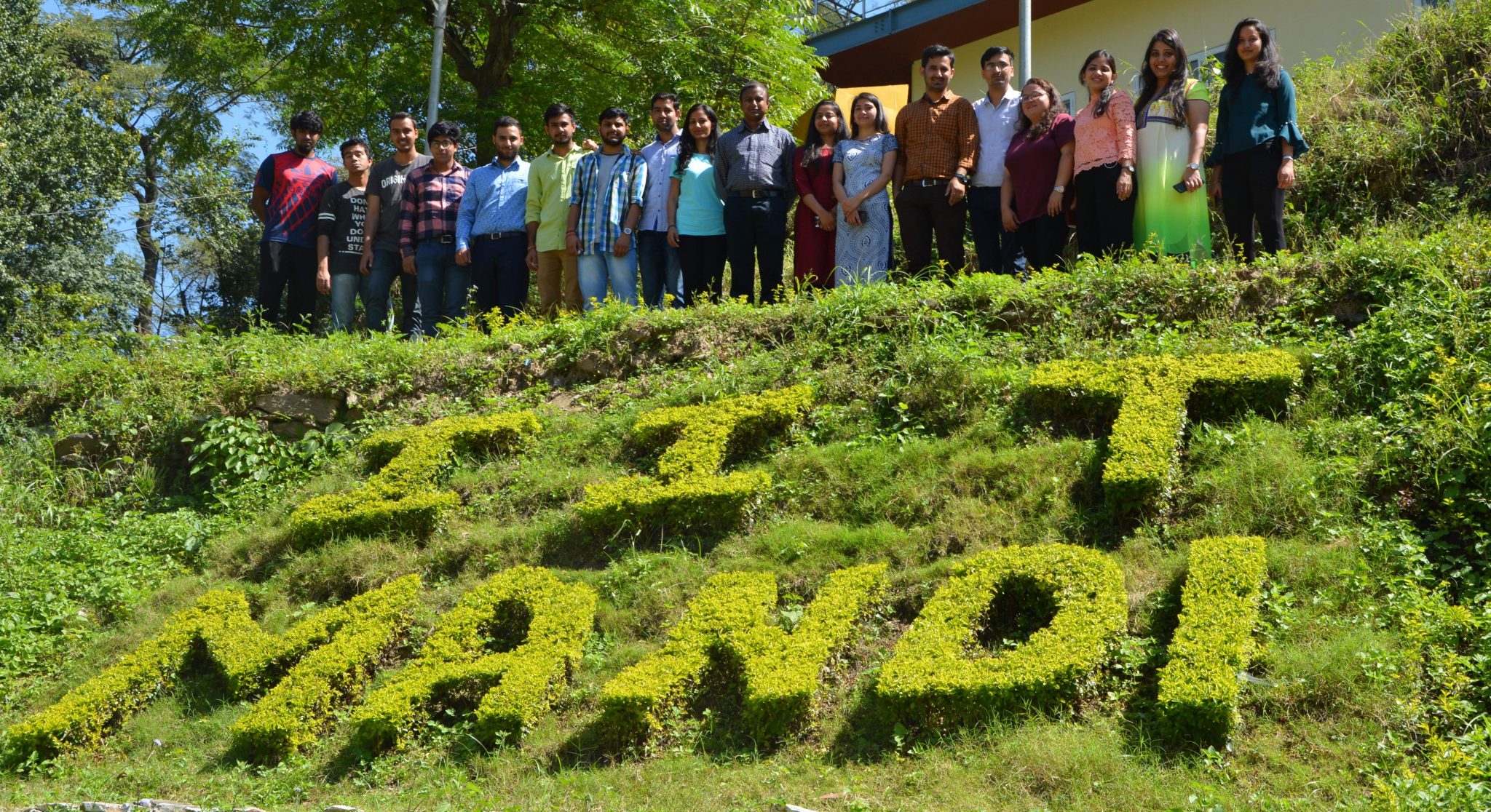Researchers at the Indian Institute of Technology in Mandi (IIT), India, have made harvesting water from fog possible using 3D printing technology.
Dr. Venkata Krishnan, an Associate Professor of Chemistry at IIT has been involved in this research and has co-authored several scientific papers. The final result is a culmination of different research projects conducted since 2016.

The water situation of the world
The water crisis is one of the primary humanitarian concerns of today. Despite water being made available to more and more people, severe problems still persist. According to the University of United Nations – Institute for Water, Environment and Health, states that currently, nearly 1.8 billion people use a source of drinking water which is contaminated with feces. Furthermore, by 2030 there will be a 40% gap between the demand and supply of water.
3D printing technology has potential to help in the management of this crisis. For example, in a project at the University of British Columbia (UBC), Okanagan, a team of researchers 3D printed sensors that warn of contaminated water.
3D printing has been applied to develop water filtration solutions. Last year a team from the University of Bath designed a 3D printed device for water filtering. In another project the Sonora Institute of Technology in Mexico, researchers used 3D printing for reverse-osmosis to filter water.
Water crisis in India
In India, the situation of water is worrying, to say the least. An Indian news source relates that 100 million homes with children are without water.
Furthermore, according to The Water Project, an international NGO, India’s population will rise to 1.6 billion by 2050. This increase in population will worsen the water crisis in India.
Dr Krishnan believes that his team’s research findings may help in keeping this crisis at bay or solve it entirely. He elaborated, “There are several plants in arid and semi-arid regions of the world whose leaves can harvest water from dew and fog. If they can do it, so can we.”
He further explained how the project was inspired while studying the fog harvesting mechanism of Bermuda grass, a warm-season grass originating from Africa. “We studied its surface micro and nanostructures, which dictate the nucleation, growth, movement and detachment of the water droplets. Overall, the research on Bermuda grass illustrated that the cone-shaped spines present in the grass leads to the nucleation of water droplets from fog or even the humidity in the atmosphere.”
These findings were published in a 2016 research paper titled, Investigations on The Fog Harvesting Mechanism Of Bermuda grass (Cynodon dactylon).
Two years later, the research on water harvesting was carried further in the paper co-authored by Dr Krishnan, Gladiolus dalenii based Bioinspired Structured Surface via Soft Lithography and its Application in Water Vapor Condensation and Fog Harvesting.
The study in this paper performed 3D laser scanning microscopy with the help LEXT OLS4000 microscope by Olympus, a Japanese optical equipment manufacturer. The LEXT OLS4000 microscope was used to study the replica of the Gladiolus dalenii made in the study.
Dr Krishnan said, “Based on the learnings we have designed an efficient fog-harvesting device fabricated using 3D printing technology. This device has been tested for fog collection under simulated fog conditions in the laboratory and has shown very good results.”

For more research news subscribe to our 3D printing newsletter. You can also visit us on Facebook and Twitter.
Looking for a new job? Visit our 3D Printing Jobs.
Featured image shows the research group at the IIT Mandi. Image via EDexLive


